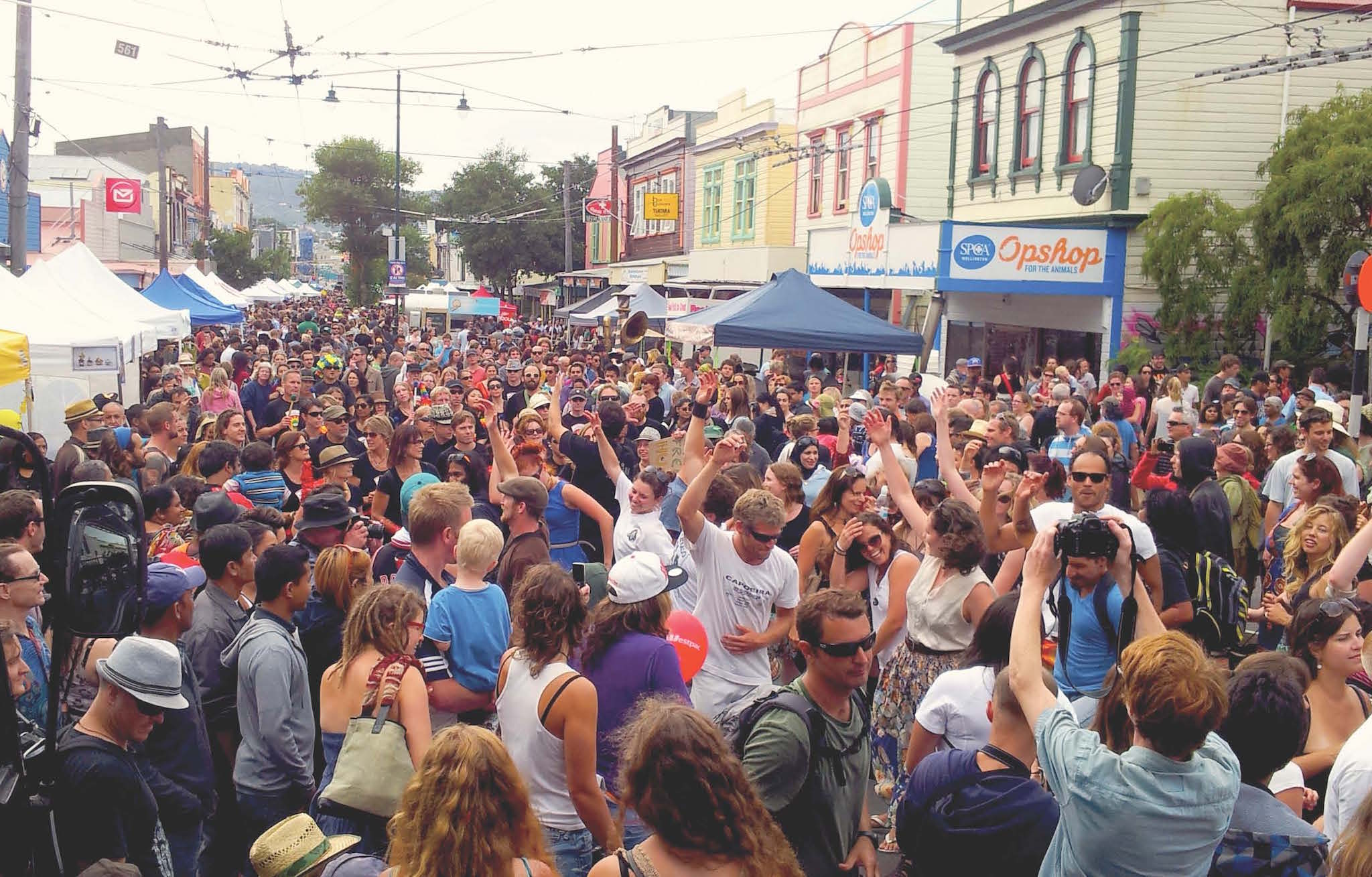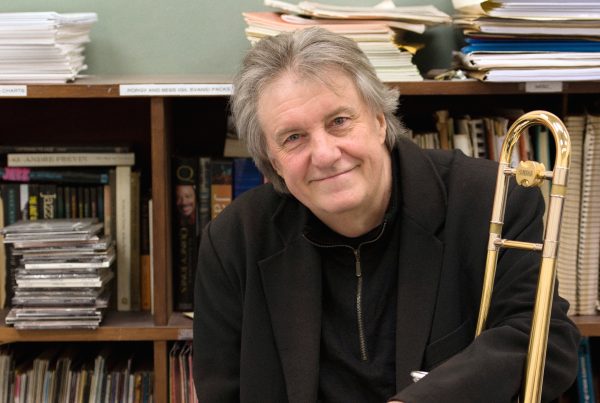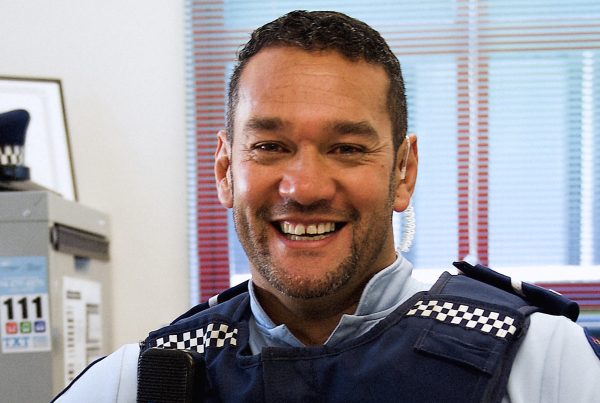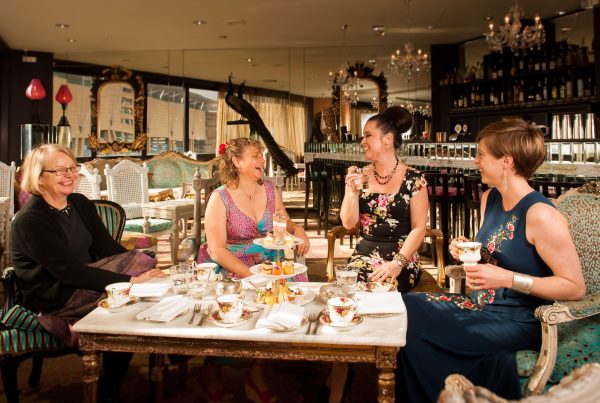
On a sweltering hot Thursday afternoon in January, festival director Martin Hanley and artist liaison James Coyle take a break from work to talk to me at the vibrant festival offices. “The original idea was to showcase what we already all knew was here,” Martin explains while reflecting on the growth of the event. What they knew was that there was a slightly warmer microclimate at Newtown, created by a dip in the terrain, and an incredible degree of creativity, tolerance, cultural diversity and connectivity. The suburb just needed a showcase. “We thought, if we build it, they will come,” he continues. “Over time, people have decided it’s a cool place to come to. It’s been a self-perpetuating thing.”
On fair day, when months of fastidious planning, assistance from volunteers and performers and Wellington City Council, and donations from local individuals and businesses dovetail together, the atmosphere of the suburb is undeniably electric. Outside of Newtown festival, Martin is best known for Red Design, the architecture practice he shares with his partner Anna Kemble Welch, another key face in the festival’s history. “Occupants make architecture,” he enthuses. “Architecture is all about space, space use, elegance, and beauty of configuration. But it isn’t architecture if people can’t use it.” As a result, their approach to the street fair is driven by space activation. “It’s just an idea,” Martin continues. “People come in and use the space in a different way. All we do is say, the road is closed guys, come party!”
“I like how Martin describes it as a series of outdoor lounges,” James says. “It’s all these lounges situated across 11 city blocks.” Around one-third of the stalls are food outlets. Coupled with the diversity of the suburb, it makes for a very impressive international food court. Over time, many of the stallholders have gone on to run restaurants around the region, making the fair ground zero for the future of hospitality in the capital. “Another thing to mention is that Green Street is going to be all crafts,” James continues. “All local, all hand-made. That’s going to be one to check out. We’re also going to have street sports in the south end of the fair.”
Outside of stalls, the key draw card for the street fair has always been its impressive array of entertainment stages. This year, 80 acts will perform across 12 stages, in the process revealing a diversity of live music and performance befitting and comfortably amplifying the internationalism of the food court. As the festival’s music guy, James is genuinely very excited. Amongst the array of groups, DJs, community choirs and big bands on display, attendees will be treated to respected Vanuatu reggae band Young Life, rising Canadian indie-pop trio The Courtneys, and road-seasoned New Zealand alt-country/gothic folk entertainers Delaney Davidson and Eb & Sparrow.
Bookended by several weeks of smaller events on either side of the fair, the festival is going to make for some special times. When the music is playing, delicious food smells are wafting through the streets and people are smiling ear to ear, it’s hard to picture anywhere else in Wellington you’d rather be.




